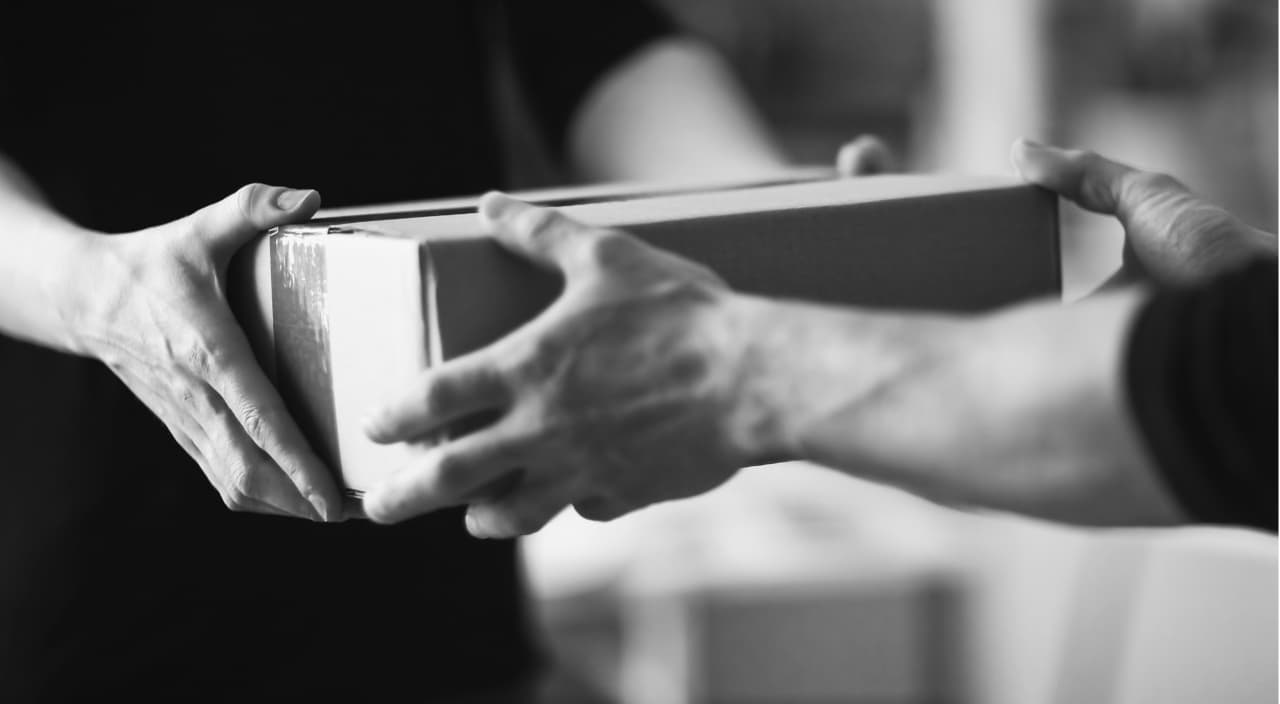Who Needs A Dash Button?
When Replenishment Is Everywhere And Anywhere We Want It.
You may have heard that Amazon announced that it discontinued its Dash button.
Joe Scartz
Chief Digital Commerce Officer
Joe is an accomplished marketing executive, and as our fearless leader, is responsible for overseeing all digital commerce strategy and execution.
With more than 20 years of success for brands such as Harley-Davidson, United, Budweiser, Clorox, and Hershey, Joe has an impressive history of helping agencies and Fortune 500 companies meet their strategic and financial goals.
You may remember the Dash—that quirky little button with a brand’s logo that consumers placed in “convenient” locations throughout their homes was Amazon’s first major entry into distributed replenishment beyond the e-walls of amazon.com. The Dash button launched in April 2015 and allowed a consumer to simply press a button to reorder common household items.
While consumers complained that they didn’t always know what price they were paying for any given product tied to the Dash, Amazon constantly cited over the years that thousands of consumers were “pressing” their Dash buttons daily. Yet, less than four years later it has been discontinued.
While some naysayers and media outlets are calling those little branded buttons a failure, I beg to differ.
The Dash button enabled Amazon to sell incremental amounts of additional product. More importantly, it allowed them to better understand customer behavior. For its most loyal customers, it better defined future iterations of how interactions with Amazon might work.
The Dash button was always “placeholder technology” meant to influence future behavior changes and capture data. Period.
- Looking at this through the lens of data capturing, it allowed both Amazon and the brands represented by a Dash button to understand (on a product-by-product basis) how often people would reorder a product, separate from a larger basket or trip mission. This is incredibly valuable to understand, as it allows for more personalized, targeted communications based on individual shopper and product purchase cycles.
- When blended with the rest of the information that Amazon has about its most loyal shoppers, it creates a perfect testing ground for Amazon to continue to refine its approach to predictive shopping. After all, it is highly likely that in the not-too-distant future, Amazon will shop for you without any button pressed. It will add items to your shopping cart without a click or voice command.
Eventually, predictive shopping will be the shopper behavior.
The Dash set the stage for predictive shopping by continuing to enable technology to lead shopper behavior change. As shoppers get used to reordering without physically adding an item to a cart or through an online shopping trip, their perception of what they know as “shopping” evolves as well. The box will arrive with what she needs, when she needs it.
Today’s consumer may add an item to her cart via voice, through the internet of things, or sign up for products via subscription models. The long-stated retailer desire to reduce friction is alive and well and typically that means simplifying choice and removing barriers.
There are implications for the winners and losers of these shopping wars, as consumer usage of has Amazon has grown even stickier and shopper behaviors have continued to change. Still, the Dash should be remembered by retail historians for what it accomplished, and while its role was small, what it helped serve up for our future.
Contact Us
Let’s Talk
Find out how we can create value for your business and drive your commerce performance forward.
